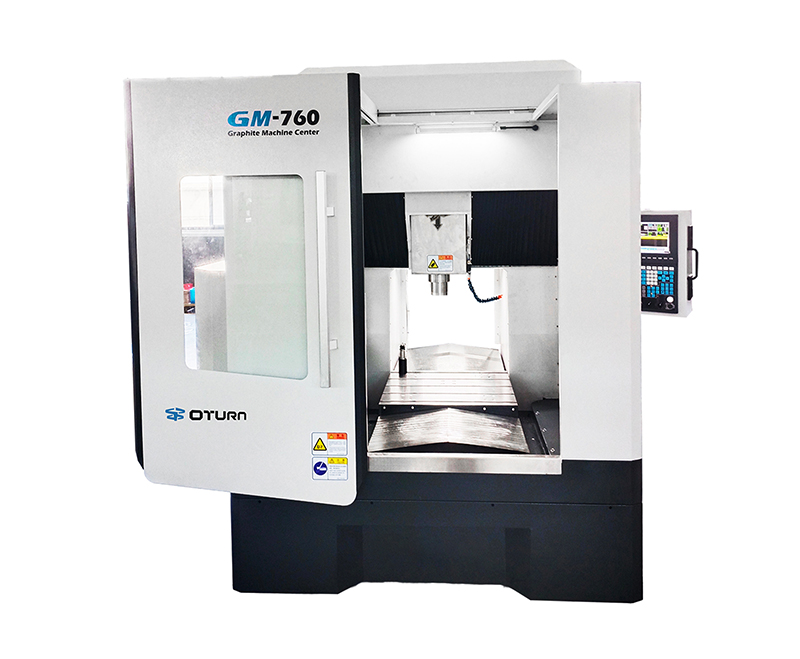The price difference in high-speed CNC gantry machining centers is mainly determined by five core factors: brand, configuration, functional versatility, after-sales service, and regional market differences and the degree of competition. When purchasing, companies should comprehensively weigh these factors based on their own processing needs, budget, and long-term development plans to achieve the best cost-performance ratio.
The following points will be elaborated to help understand and formulate a procurement plan.
Brand and Brand Power
A brand typically implies a higher level of technological expertise, rigorous quality control, and comprehensive after-sales support. Prices are often higher than those of emerging brands or smaller manufacturers, but the corresponding stability, spare parts availability, and maintenance response speed are also more guaranteed, especially important in high-volume production and high-intensity workload scenarios.
Emerging brands or smaller manufacturers may increase market share by lowering prices, but it is necessary to evaluate their long-term reliability, service network, maintenance costs, and sustainable upgrade capabilities.
Configuration Level
Spindle speed, spindle power, machining speed, number and expandability of tools, rigidity, and thermal stability are all key indicators that directly affect machining capabilities and accuracy. Higher configurations result in higher output per unit time, easier control over machining tolerances, and naturally, higher prices.
The difference between a “high-configuration” and a “standard configuration” of the same model typically corresponds to the machine tool’s ability to process materials, types of cutting tools, and the application capability of large-diameter tools.
Functionality and Flexibility
Automatic tool changers, dual-spindle/composite machining, combinations of different processes on the same machine, rapid tool change systems, high-speed spindles, and intelligent functions such as spindle cooling/chip removal all improve production efficiency and flexibility. These advanced features are significant drivers of price.
For workshops with high-volume production, short cycle times, and multiple process switching, equipment with more functions is often more cost-effective; if production needs are relatively simple, a simplified configuration may be more cost-effective.
After-Sales Service and Stability Costs
A high-level after-sales network, training, remote diagnostics, spare parts support, and regular maintenance plans are key factors in reducing operational risks and ensuring equipment availability.
Long-term operating costs include not only the purchase price but also maintenance, consumables, and downtime costs. Excellent after-sales service usually shows a significant advantage in long-term total costs.
Regional Differences and Market Competition
Regional differences include labor costs, logistics costs, tariffs/import taxes, and energy costs, all of which affect final pricing.
The intensity of market competition directly influences manufacturers’ pricing strategies. Sufficient competition may lead to more cost-effective options; monopolies or regional supply shortages may cause prices to rise.
Additional Procurement Considerations
· Demand Matching: Clearly define the material, dimensions, tolerances, processing speed, tool change frequency, and automation level of the parts to be processed, ensuring that the selected equipment meets process requirements while avoiding over-configuration.
· Total Cost Assessment: Compare not only the CNC machine purchase price but also operating costs (tools, fixtures, lubrication, cooling, consumables), maintenance costs, downtime risks, and personnel training investment.
· Supplier Due Diligence: Examine the manufacturer’s qualifications, after-sales network coverage, component standardization, upgrade path, remote diagnostic capabilities, and publicly disclosed service commitments (such as response time and spare parts supply cycles).
· Data and Evidence: Prioritize evidence from publicly available case studies, third-party evaluations, and manufacturer data in decision-making, avoiding judgments based solely on single promotional claims.
Common Misconceptions and How to Avoid Them:
Using “lowest price” as the sole criterion: Ignoring the stability and long-term availability behind the brand may lead to higher total costs during operation.
Ignoring future upgrades and scalability: Some equipment lacks scalability for future process upgrades, resulting in high future modification costs.
Underestimating after-sales costs: In scenarios with high equipment production line integration and high downtime costs, the value of high-quality after-sales service is particularly prominent.
Conclusive Recommendations:
· Prioritize stratifying needs and budgets, creating a three-tiered list of “essential configurations – optional configurations – future expansions,” and comparing different suppliers.
· Choose brands and models with a well-established local after-sales service network and a stable supply of spare parts. Even if the initial investment is slightly higher, it is more beneficial in reducing long-term operational risks and downtime costs.
· Conduct on-site trials or obtain real-world case data to evaluate the performance of the selected configuration under actual process conditions, such as processing speed, accuracy stability, and tool life, to avoid making judgments based solely on theoretical parameters.
OTURN, as a leading overseas marketing center in the industry, adheres to the core values of professionalism, focus, efficiency, simplicity, benevolence, and altruism. We not only provide advanced CNC equipment, but also customize complete production line solutions for our clients, helping them optimize production processes, improve processing efficiency, and enhance product quality. With extensive industry experience and comprehensive after-sales service, OTURN is committed to becoming a trusted partner for our clients, jointly driving the intelligent upgrading of the manufacturing industry.
Post time: Nov-04-2025








